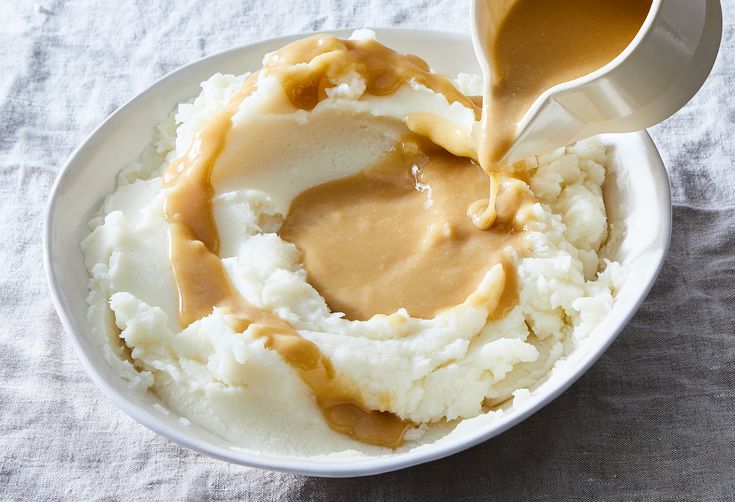Featured
- Get link
- X
- Other Apps
Thanksgiving's More Expensive Than Ever—Now What?

These days, it’s hard to go even an hour without hearing about supply chain issues, both in the United States and abroad. With shortages on everything from beauty products to toilet paper (again) to food, consumers are going to have to plan early and most likely spend more this holiday season. The Farm Bureau estimates that Thanksgiving 2021 will cost $46.90 for a group of 10, but to loosely quote our president, that’s a load of malarkey.
A typical Thanksgiving feast will likely feature at least a 12 to 14 lb. turkey, mashed potatoes, an assortment of vegetable side dishes, dinner rolls, a few kinds of pie, and most likely some good wine. Even if you’re not serving a heritage turkey, rolls with cultured butter, and mashed potatoes with truffles, Thanksgiving is pricy and this year, The New York Times says that it will be the most expensive feast ever. “There is no single culprit,” writes Times reporter Kim Severson. “The nation’s food supply has been battered by a knotted supply chain, high transportation expenses, labor shortages, trade policies, and bad weather.”
* This article was originally published here
- Get link
- X
- Other Apps
Popular Posts
Interparfums FY 2022: record earnings as operating profit soars 33 percent
- Get link
- X
- Other Apps
CEO pay on the rise and pay gap widens despite cost-of living crisis
- Get link
- X
- Other Apps
Comments
Post a Comment